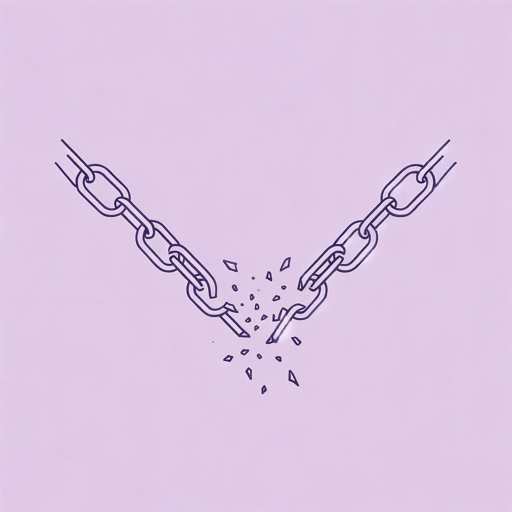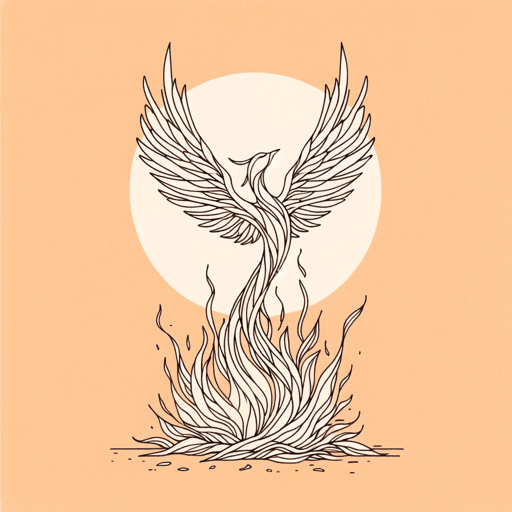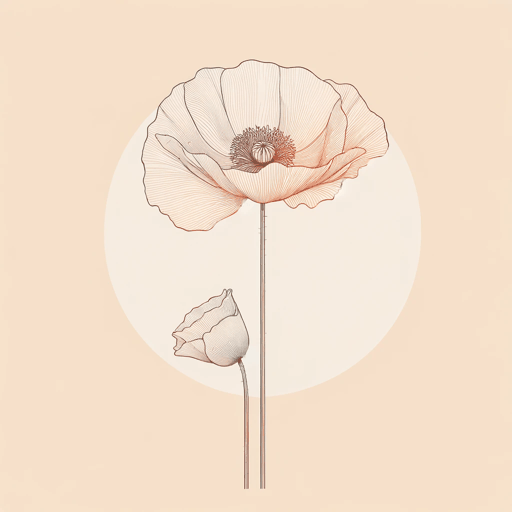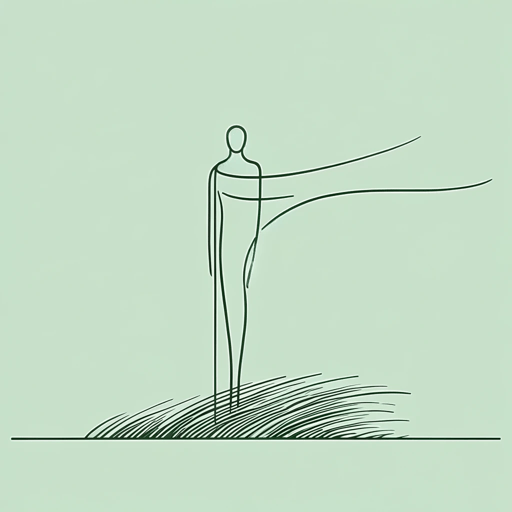19 pages • 38 minutes read
Sylvia PlathAriel
Fiction | Poem | Adult | Published in 1965A modern alternative to SparkNotes and CliffsNotes, SuperSummary offers high-quality Study Guides with detailed chapter summaries and analysis of major themes, characters, and more.
Literary Devices
Form and Meter
Like most Confessional poetry, Plath composed “Ariel” in free verse. Free verse is a general term given to poems that do not cohere to traditional poetic forms such as the sonnet or the villanelle. The form was pioneered by American poet Walt Whitman in the late 1800s and quickly became the dominant form in American poetry. Confessional poets such as Plath and contemporary Anne Sexton tended toward free verse because it allows a greater range of emotional expression compared to stricter forms. Like most free verse poems, “Ariel” is held together through atypical formal conventions.
“Ariel” consists of 11 stanzas. The first 10 stanzas are triplets, or stanzas of three lines. The poem’s final stanza consists of one line. This relatively consistent stanza length gives the poem a sense of structure. Each stanza focuses on one or two images, but those images—with the exception of the horse Ariel—rarely extend beyond their stanza. The poem’s segmented imagery gives the work a sense of fragmentation. The poem’s short stanza length and the speaker’s lack of articles and conjunctions in lines such as “[h]auls me through air— / [t]highs, hair; [f]lakes from my heels” (Lines 16-18) reinforce this fragmentation.
Related Titles
By Sylvia Plath

Daddy
Sylvia Plath

Initiation
Sylvia Plath

Lady Lazarus
Sylvia Plath

Mirror
Sylvia Plath

Sheep In Fog
Sylvia Plath

The Applicant
Sylvia Plath

The Bell Jar
Sylvia Plath

The Disquieting Muses
Sylvia Plath

The Munich Mannequins
Sylvia Plath

Two Sisters Of Persephone
Sylvia Plath

Wuthering Heights
Sylvia Plath
Featured Collections
Animals in Literature
View Collection
Books that Feature the Theme of...
View Collection
Common Reads: Freshman Year Reading
View Collection
Feminist Reads
View Collection
Mortality & Death
View Collection
Order & Chaos
View Collection
Poetry: Animal Symbolism
View Collection
Poetry: Perseverance
View Collection
Short Poems
View Collection
The Best of "Best Book" Lists
View Collection
Valentine's Day Reads: The Theme of Love
View Collection

